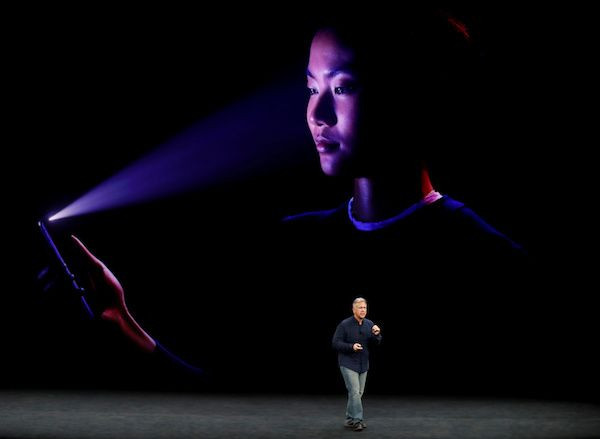Can Samsung, Other Android Manufacturers Catch Up With Apple’s 3D-Sensing Technology?

If a new report is to be believed, Samsung and other Android phone makers would need more time to catch up with Apple’s pretty advanced 3D-sensing technology that the Cupertino giant debuted with last year’s iPhone X. Tim Cook’s company is said to have secured a two-year lead when it comes to this technology, so Apple’s rivals won’t likely be capable of duplicating Face ID until next year.
Reuters reported Tuesday that most Android phone makers will have to wait until 2019 before they could be able to deliver a technology that’s up to par with Apple’s 3D-sensing, which is powering the Face ID security feature of the iPhone X. This is seen as a setback on the Android manufacturers’ end because 3D-sensing technology is expected to be worth billions in revenue in the next few years.
Reuters obtained data from parts suppliers, and the publication feels that Huawei and Xiaomi will be among the Android brands that will be capable of matching Apple’s 3D-sensing next year. This is because 3D-sensing parts suppliers will be capable of reaching production levels for worldwide adoption by that time.
According to Apple Insider, Apple’s two-year lead is going to give the company even more time to come up with substantial upgrades. This could then mean that by the time Android handset makers will be launching their duplicate of Apple’s 3D-sensing technology, the Cupertino giant would have already moved on to a more advanced implementation of the technology.
The two-year lead is a big deal because Apple will have a substantial leg up over the competition for the rest of this year. It can be noted that when Apple introduced the iPhone 5S with a fingerprint-sensing home button, it didn’t take long until Android manufacturers followed suit. The 5S was launched in September 2013, then Samsung debuted the Galaxy S5 with a home-embedded fingerprint sensor in April of the following year.
So far no one has come up with something that’s remotely close to Apple’s 3D-sensing technology. But it’s worth noting that there are already a handful of Android phones with 3D-sensing capabilities including the Asus ZenFone AR, which was released last year. Samsung’s latest Galaxy offerings also have facial recognition, but they only use standard camera — nothing sort of the type that Apple used on its iPhone X’s TrueDepth camera system.
© Copyright IBTimes 2024. All rights reserved.





















